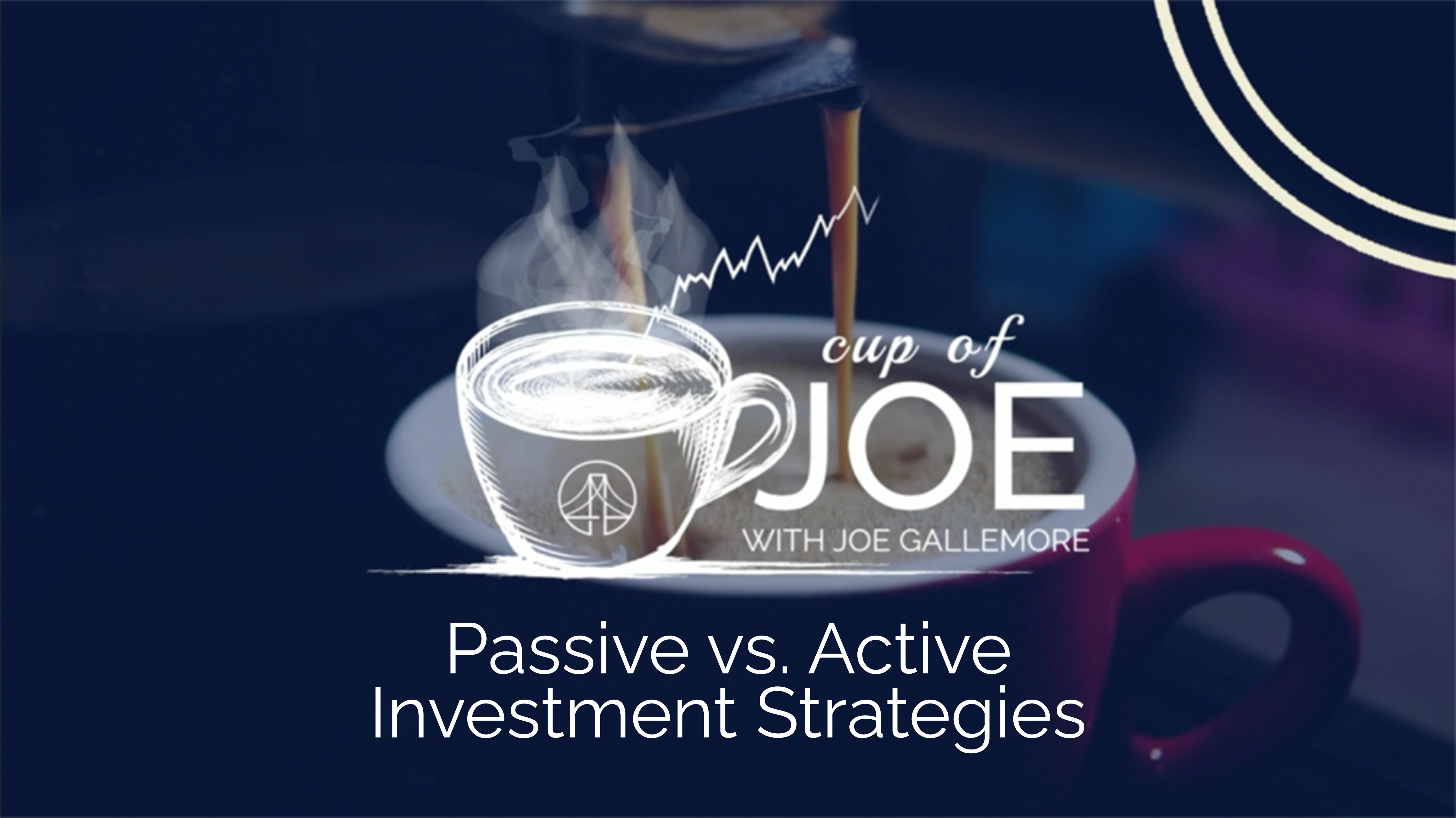Why are in-service distributions important? Well, with most retirement plans, a participant doesn’t become eligible for distributions until termination of employment. With some plans, it can happen immediately after termination, but other plans require you to wait until the end of the year. However, some plans can allow participants to receive a distribution of some or all of their account balances while still employed. These in-service distributions must be reelected in your plan document.
In-Service Distributions
What is it? Simply put, in-service distributions are a distribution that a participant takes from the retirement plan while still employed. This can occur if the plan document includes the applicable provisions. There are some restrictions, however. These vary based on the account source and other factors.
Is Age Important?
Yes. Starting at age 59 ½ the law allows participants to take in-service distributions from his/her 401 (k) deferral account as well as accounts holding Qualified Nonelective Contributions and Qualified Matching Contributions, if applicable. Furthermore, at this age, the 10% early withdrawal penalty no longer applies.
Rollover Amounts

What about amounts that a participant rolls over from a prior employer or personal IRA? Plans can be written to allow participants to take in-service distributions from their rollover accounts at any time, regardless of age or service. More and more plans are offering this option but there is still a large percentage that applies to the 59 ½ requirement.
Keep in mind, a rollover is not the same as a transfer or merger. This is important because accounts that are merged or transferred from a related company’s plan usually retain their pre-merger characteristics. Meaning, a merger of a 401(k) balance from one plan to another is still treated as 401(k) money. It is still subject to the 59 ½ restriction. However, in a rollover, the amount is considered a rollover regardless of the account type of the prior plan.
[Related: IRA Distribution Strategies]
Other Factors that Allow In-Service Distributions
There are two common factors, aside from age, that allow in-service distributions. These include the length of time an employee has been a participant in the plan and the amount of money that has accumulated in the plan. These options are only available from profit sharing, match, and rollover accounts.
5 Years of Participations
With this option, any employee who has been a participant for at least 5 years is eligible to take an in-service distribution. This is generally tracked on an elapsed time method, meaning if the participant joined the plan on January 1, 2017, five years of participation is completed on January 1, 2022. This is assuming continuous participation during this time frame.
2 Years of Accumulation
This option allows participants to take an in-service distribution of amounts that have been in the plan for at least two years. This can be difficult to track because it runs on a rolling two-year period based on the date contributions were actually deposited to the plan. For example, if a plan sponsor deposits its 2017 profit sharing contribution on September 1, 2018, the earliest date that amount would be available is September 1, 2020. Remember that withdrawals are subject to a 10% early withdrawal penalty if the participant is under 59 1/2.
IRA Rollovers
Can in-service distributions be rolled over into an IRA? Yes. If the participant is younger than 70 ½, an in-service distribution can be rolled over into an IRA. This type of direct rollover would avoid the 10% early withdrawal penalty as well as the mandatory 20% tax withholding.
[Related: Converting a 401(k) to Roth IRA]
Limiting In-Service Distributions
Can a plan limit the number of in-service distribution requests? Yes. The plan may specify that participants are limited to a maximum number of in-service distributions in a year, or that there is a minimum amount that can be taken. However, these types of provisions don’t happen often.
Ask a Financial Planner in Arlington, VA About Understanding In-Service Distributions
If you would like to learn more about your plan and your options for in-service distributions, please contact Argent Bridge Advisors today.




